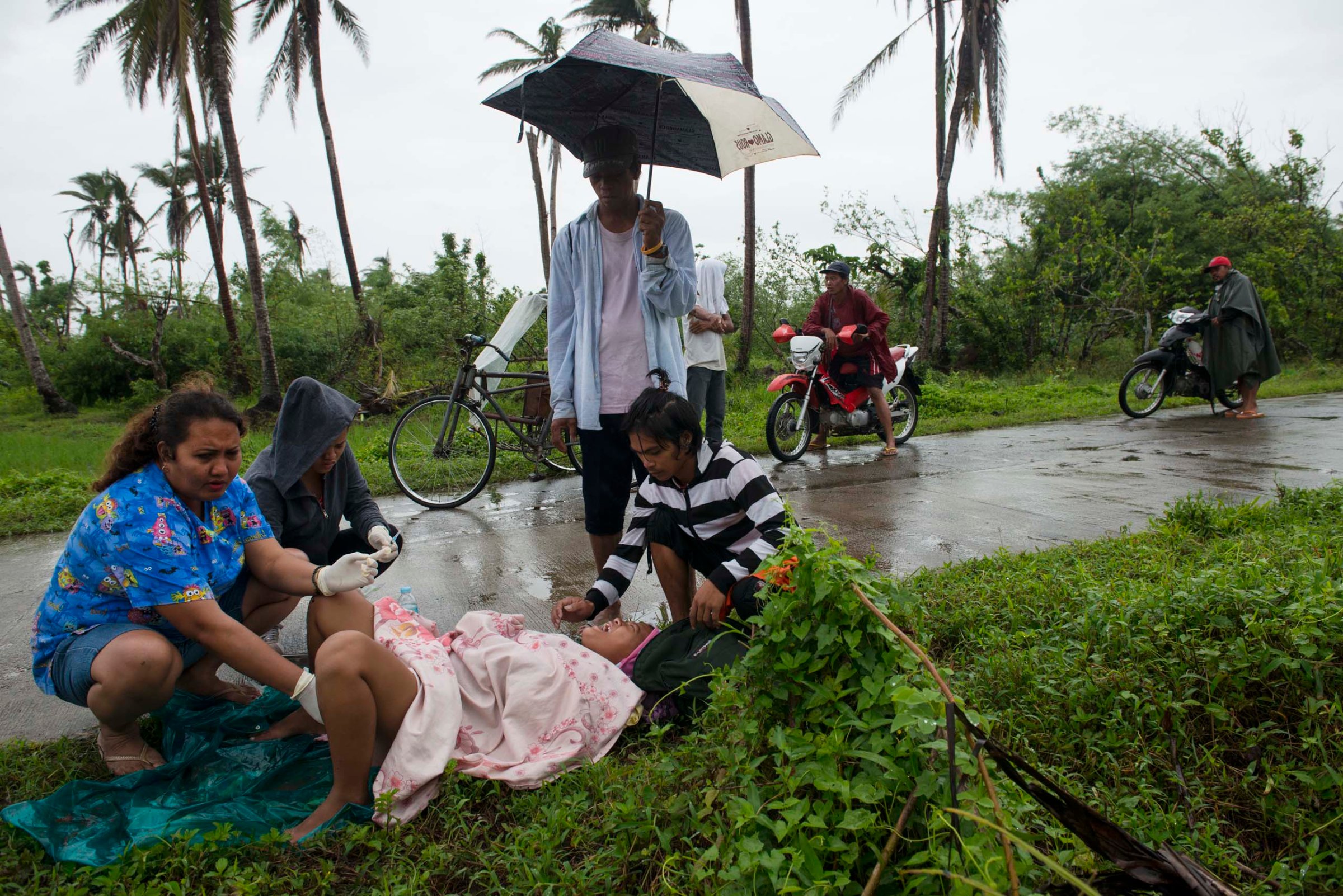
Correction appended, Feb. 26.
On the side of a road outside the central-Philippine city of Tacloban, next to a paddy field, 18-year-old Ryan Bacate is in a panic. It’s not just the heavy rain or the strong wind, which bring back the horror of Haiyan, the supertyphoon that flattened this part of the country in November, leaving more than 6,200 dead and another 4 million displaced. Bacate’s pregnant partner Analyn Pesado, also 18, is lying on the ground and about to give birth— 3 miles from the nearest clinic in Tolosa municipality.
Bacate and Pesado were on his motorbike en route to the clinic after she had gone into labor. A man, also on a motorbike, happened by and rushed to Tolosa to get midwife Norina Malate. When she arrived, the baby was crowning. Malate encouraged Pesado to push. Once the baby emerged, Malate disinfected her snippers with alcohol and cut the umbilical cord. Onlookers helped carry Pesado and her baby, a boy, onto a pickup truck that took them to the Tolosa clinic.
Photographer Lynsey Addario was on assignment for Save the Children, which is helping to rebuild health-care infrastructure in Haiyan-hit areas, and captured the remarkable Jan. 11 birth. “I’ve never seen anything like it,” says Addario. “It was such a community effort. When you see a baby born like that, and it is fine, you’ve got to think: It’s kind of miraculous.”
Tacloban, ground zero when Haiyan struck, and its ravaged environs could do with more miracles. Residents now have a steady supply of food and water, tons of debris have been cleared away and, in Tacloban, a few restaurants and bars have even reopened. But homes and jobs are scarce. Hundreds of thousands of people are still in temporary housing, about a million coconut farmers have had their crops devastated, and 30,000 fishing boats have been destroyed or damaged.
Few buildings have electricity—it may take another year to get everyone back on the grid. Prices for necessities have almost doubled, and many schools have not reopened. The better educated are seeking opportunity elsewhere.
Overshadowing everything is the grief for lost loved ones, never abating for many, no matter how much time passes. That’s why Ryan Jr., named after his father, means so much not only to his parents but also to the countless who have been hurt by Haiyan. Pleado recalls her fear for her unborn child. “After the typhoon, I was worried about where I would give birth,” she says. “I never thought someone would come and help. I thought it would be just me and my husband.”
But, with the kindness of strangers, Pesado and Bacate prevailed. For one shining moment, hope triumphed over despair, and life over death.
Correction: The original version of this story misspelled the names of Bacate’s pregnant partner and the midwife who assisted her. They are Analyn Pesado and Norina Malate, not Analyn Pleado and Norena Malate.
Lynsey Addario is a photographer based in London and a frequent contributor to TIME.
Per Liljas is a reporter for TIME based in Hong Kong.
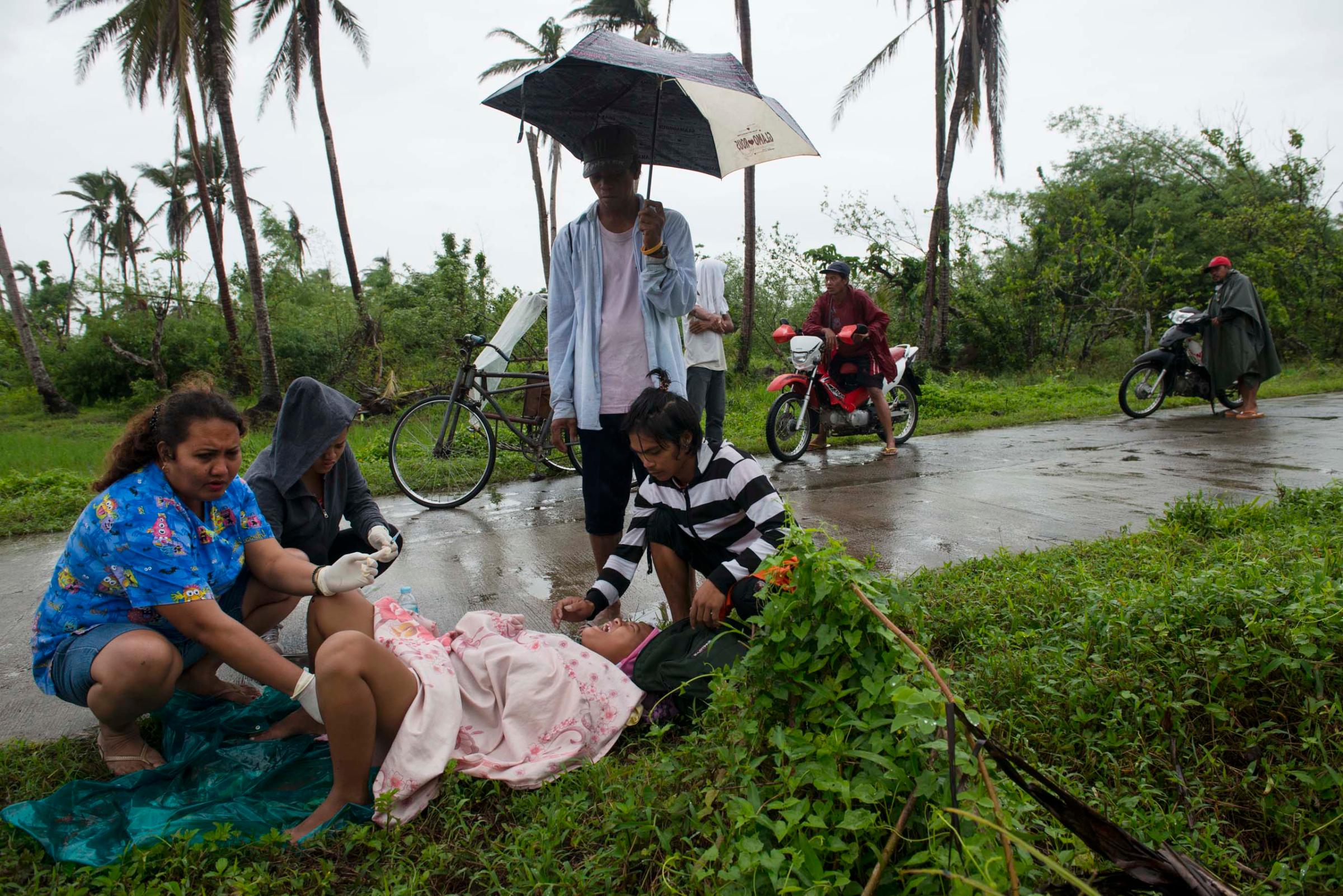
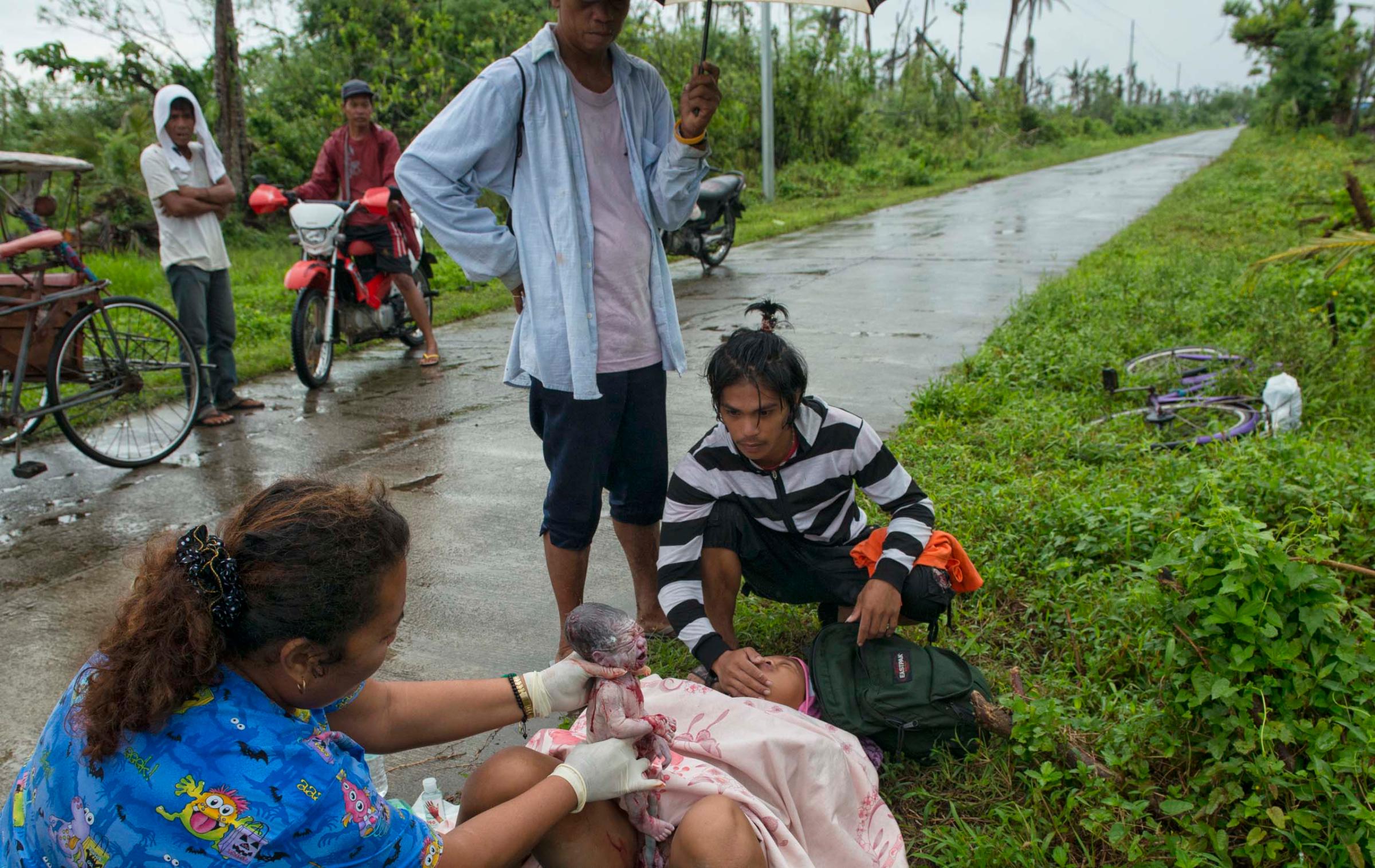
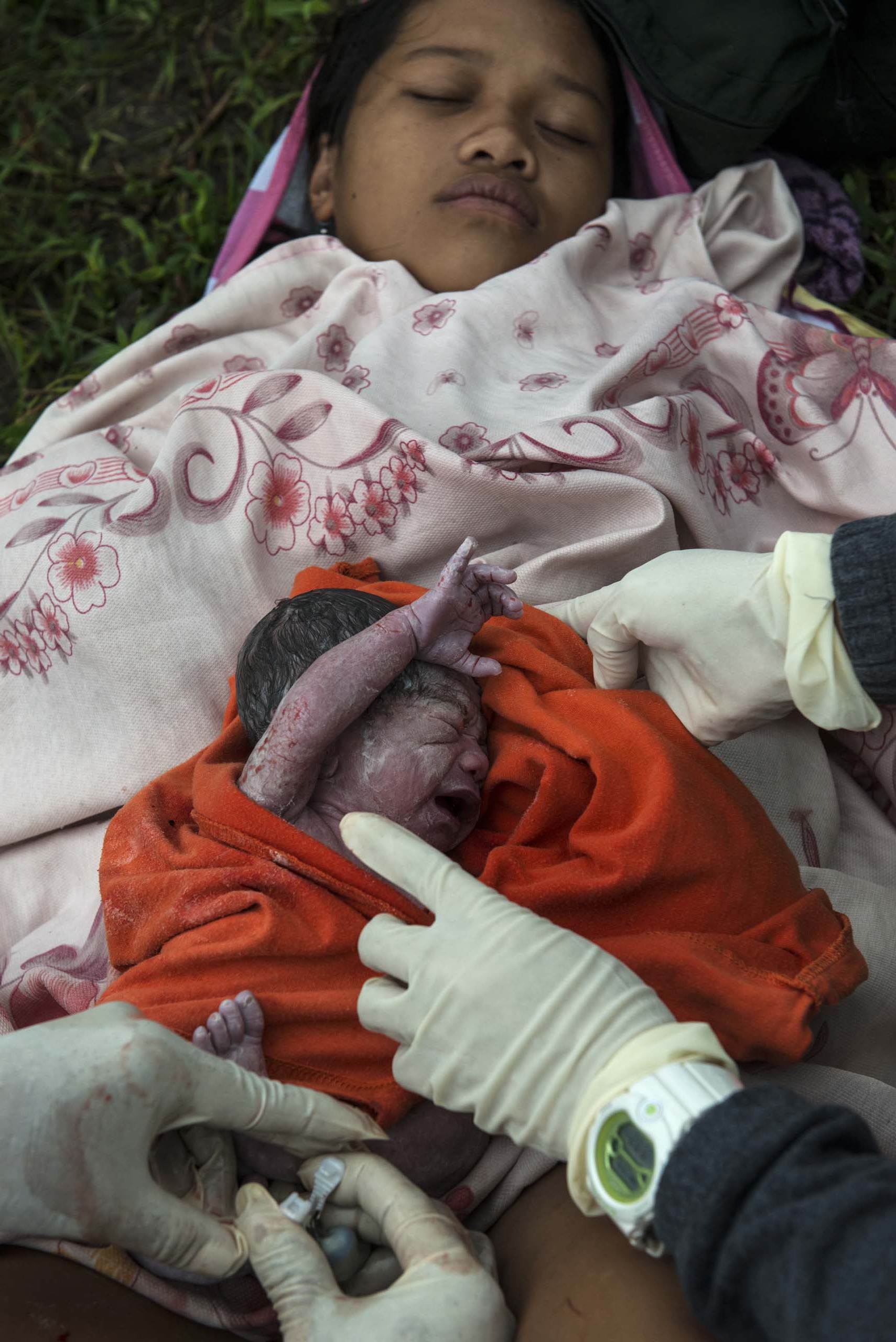
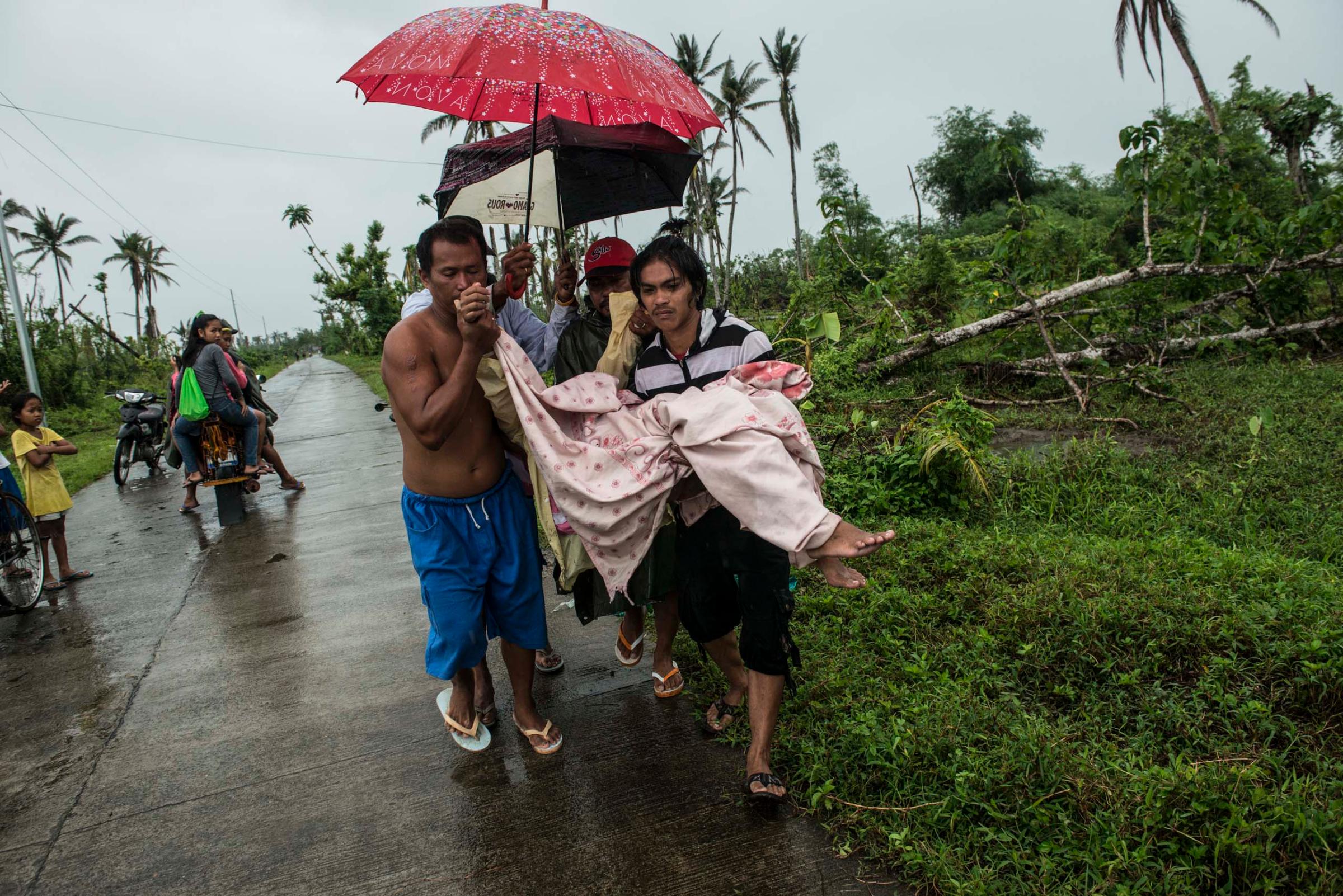
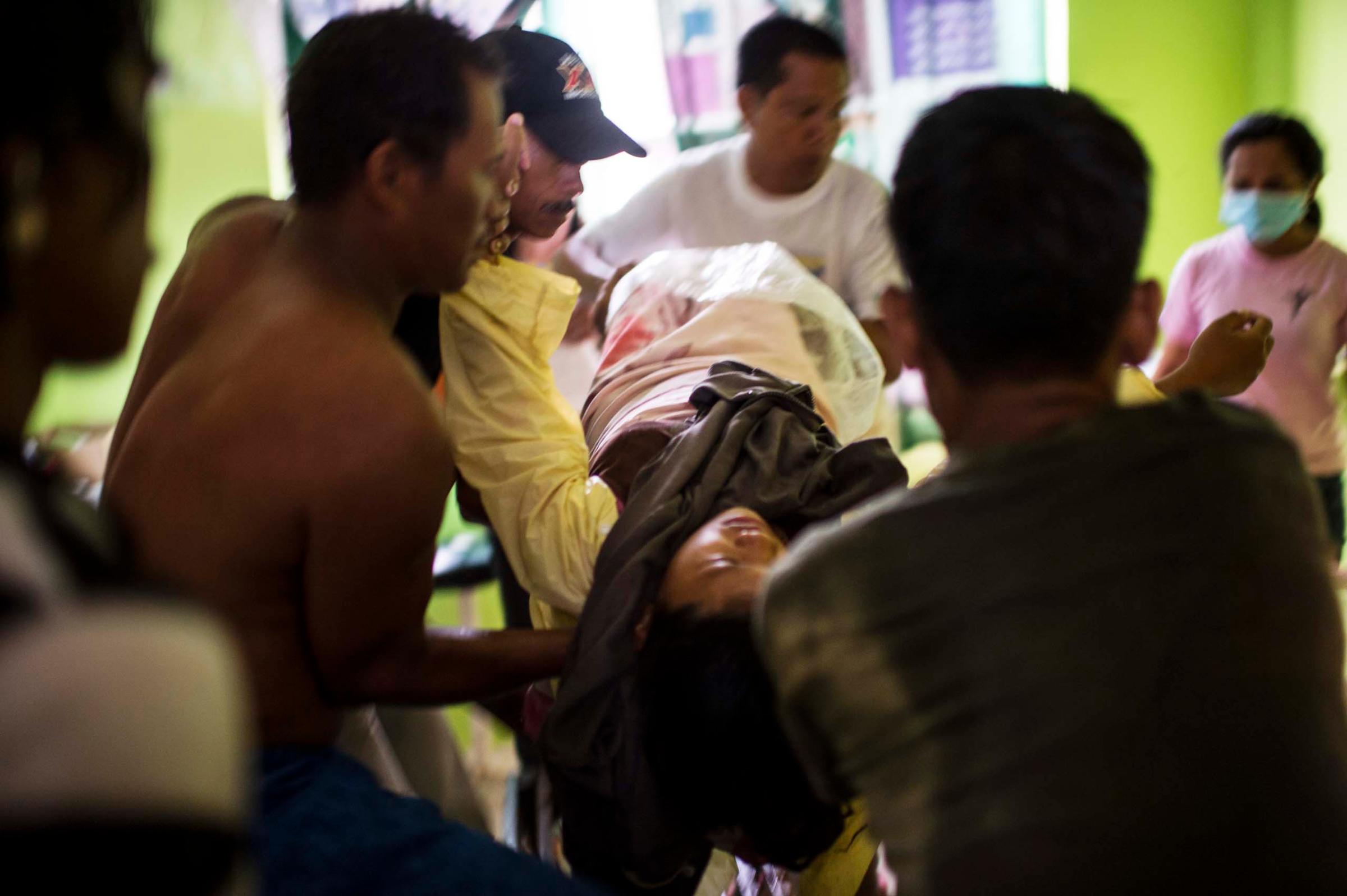
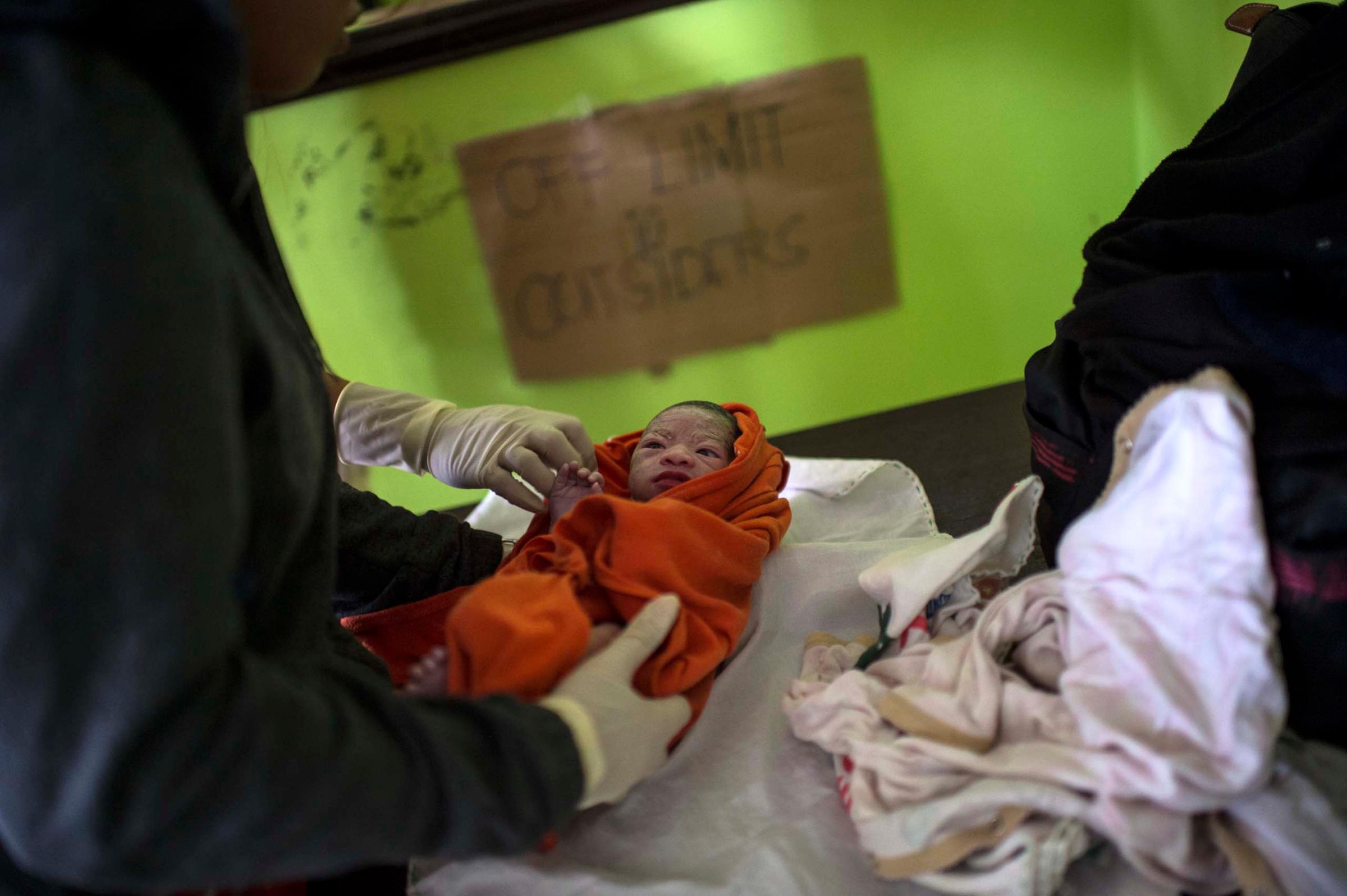
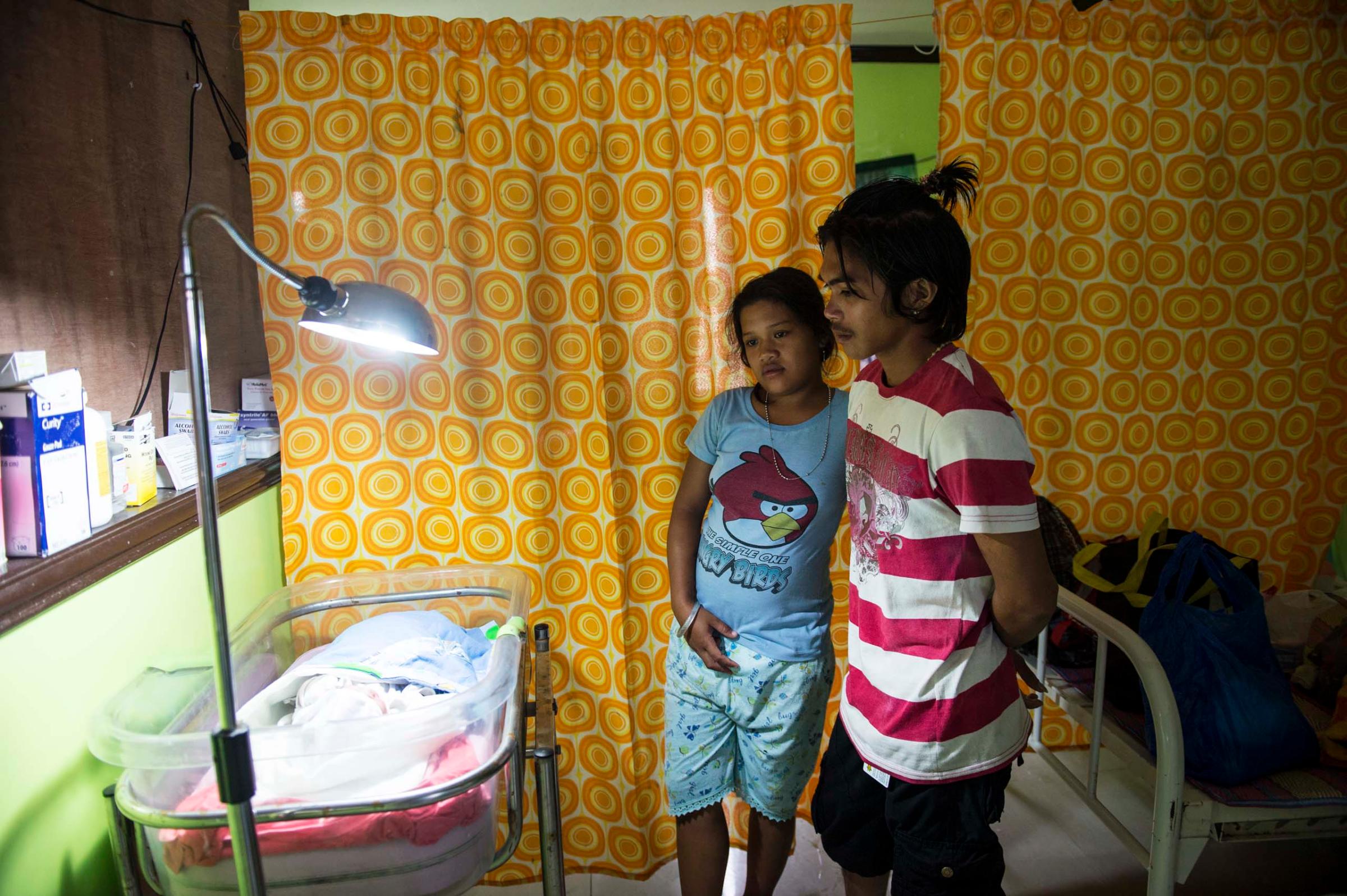
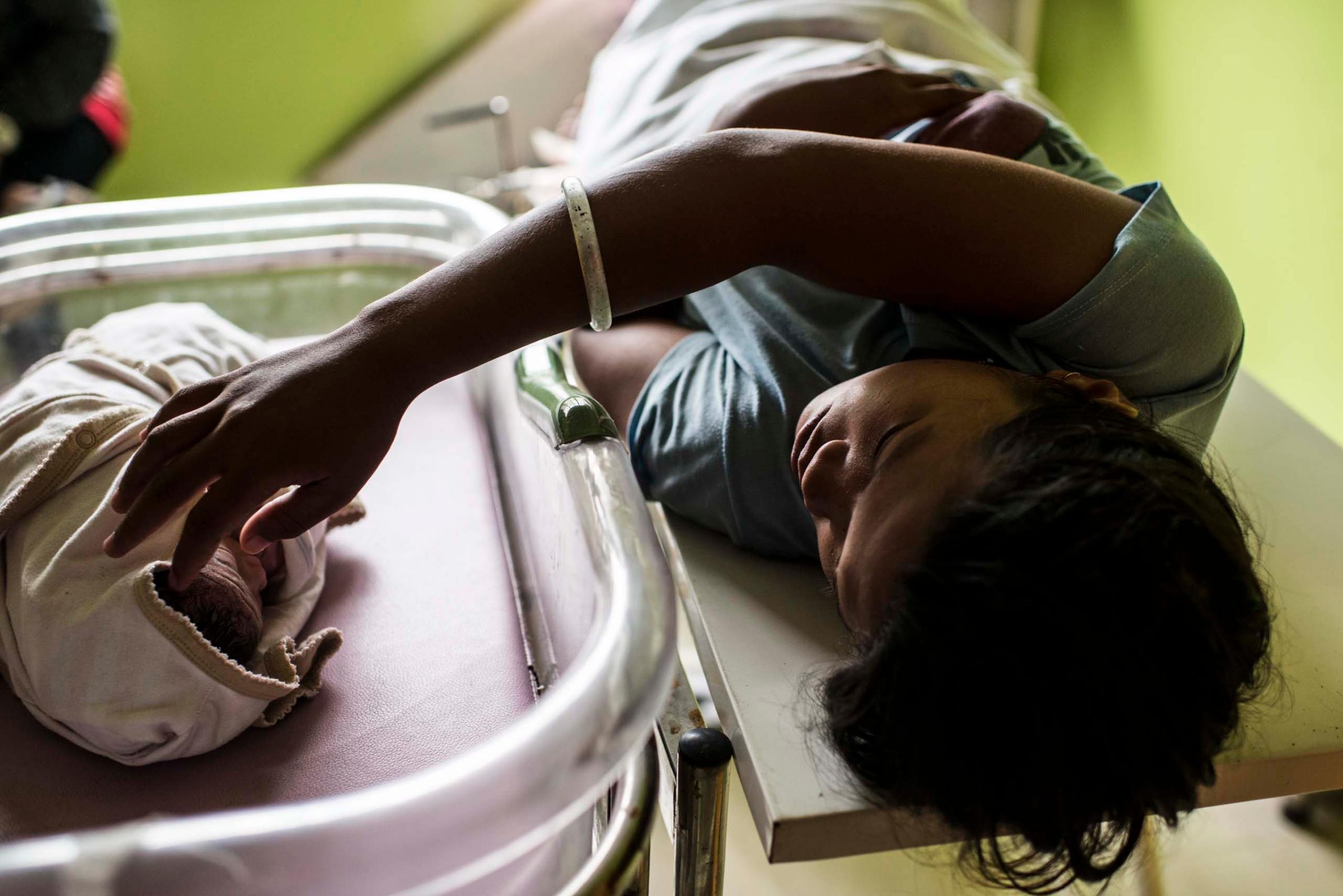
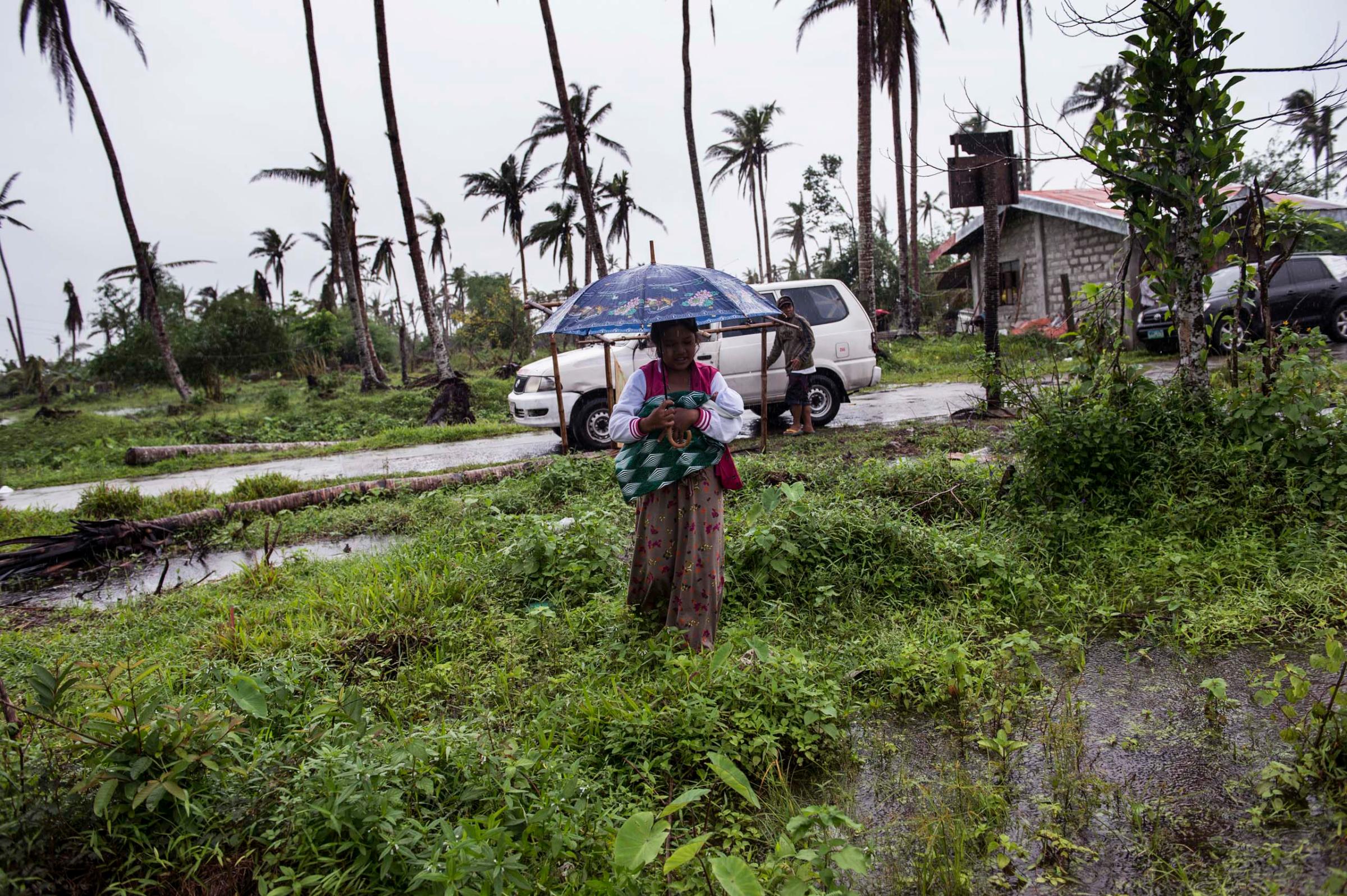
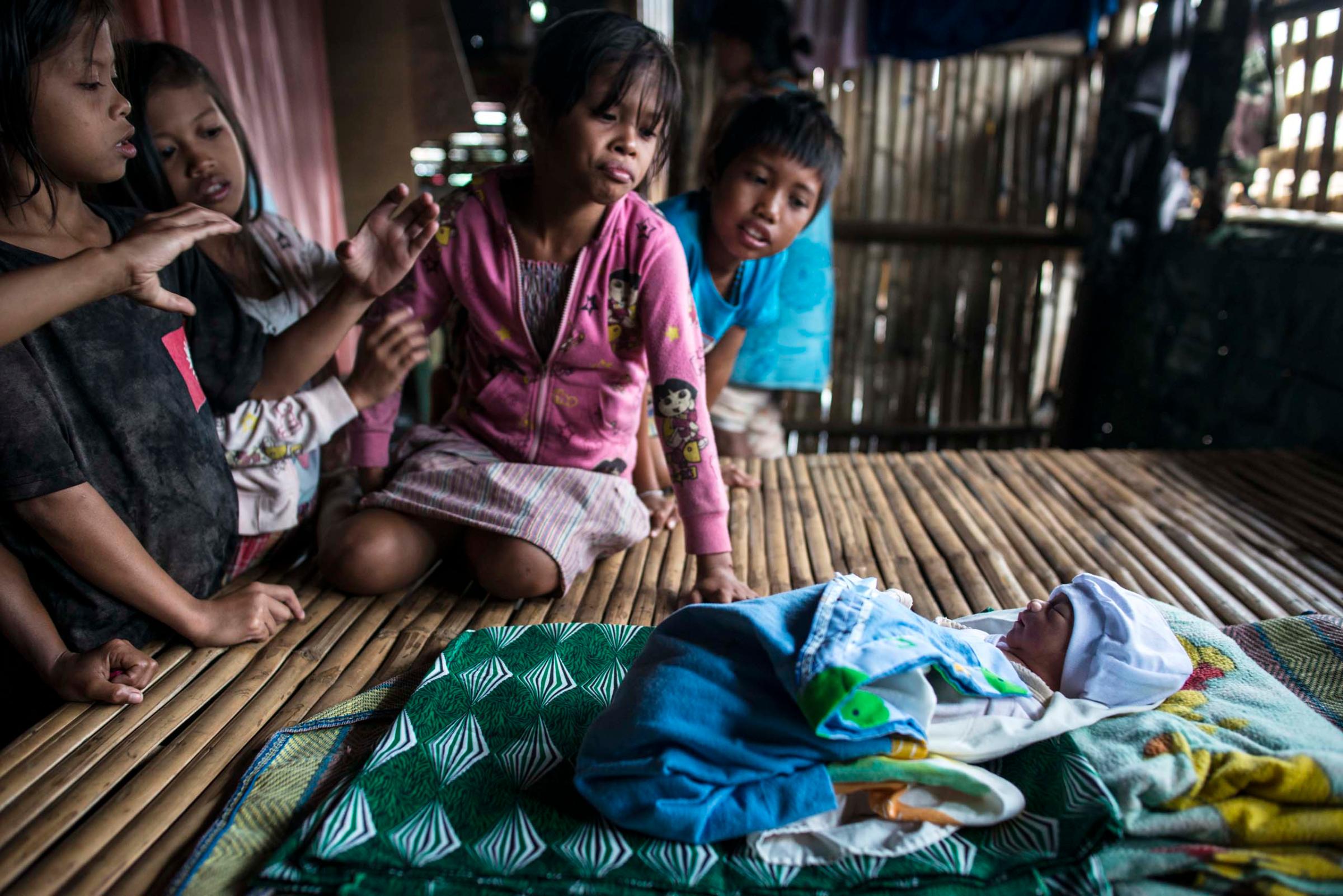
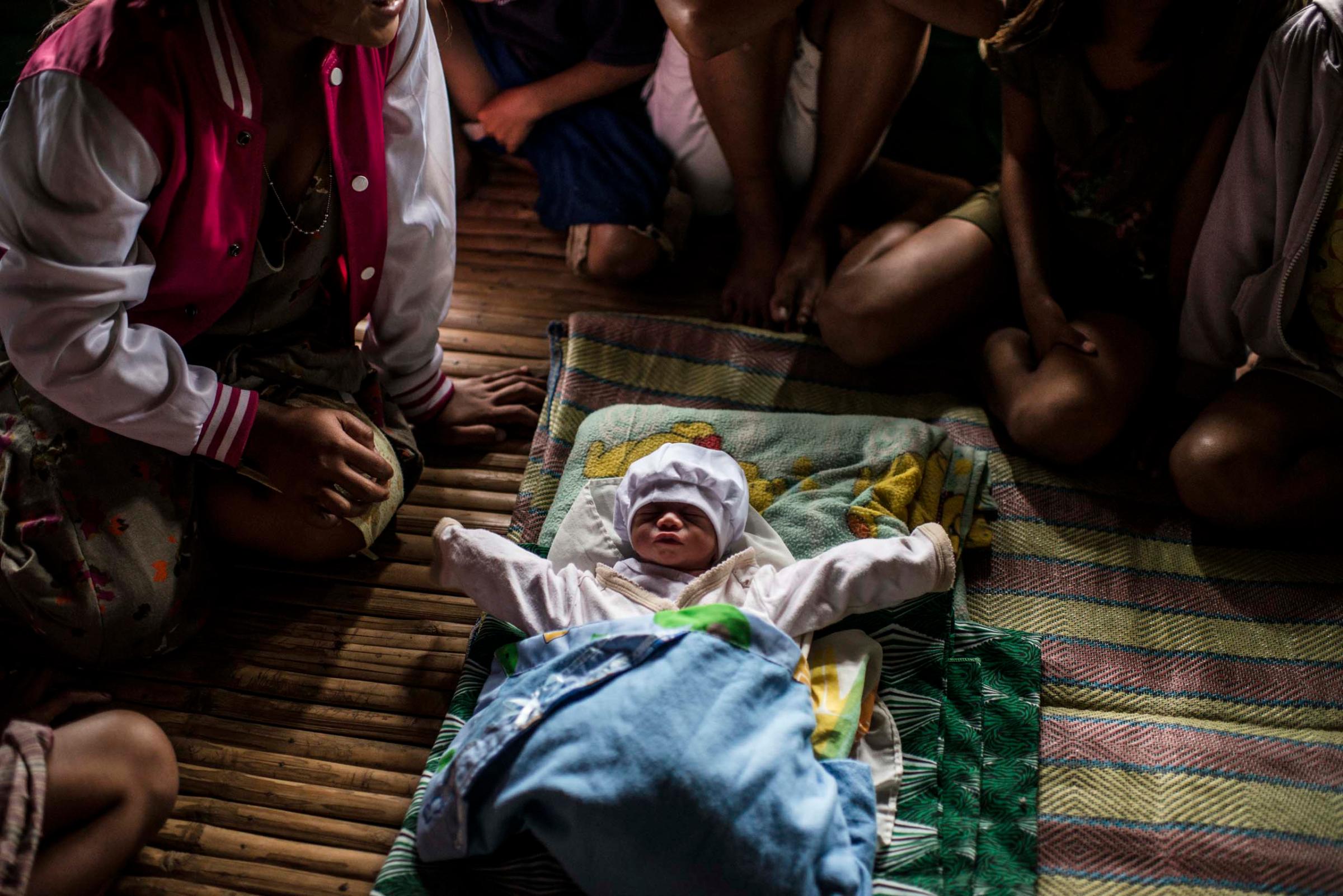
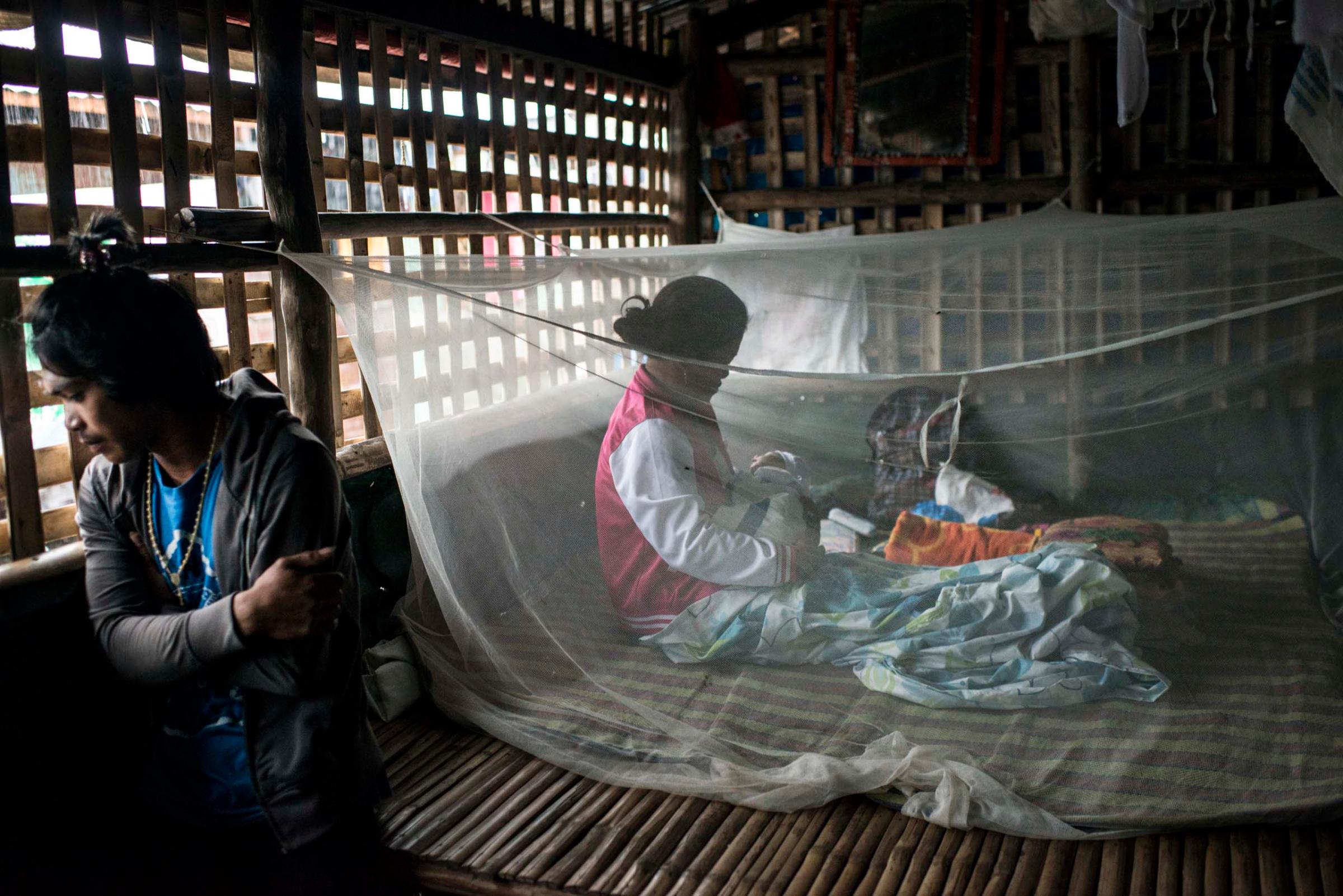
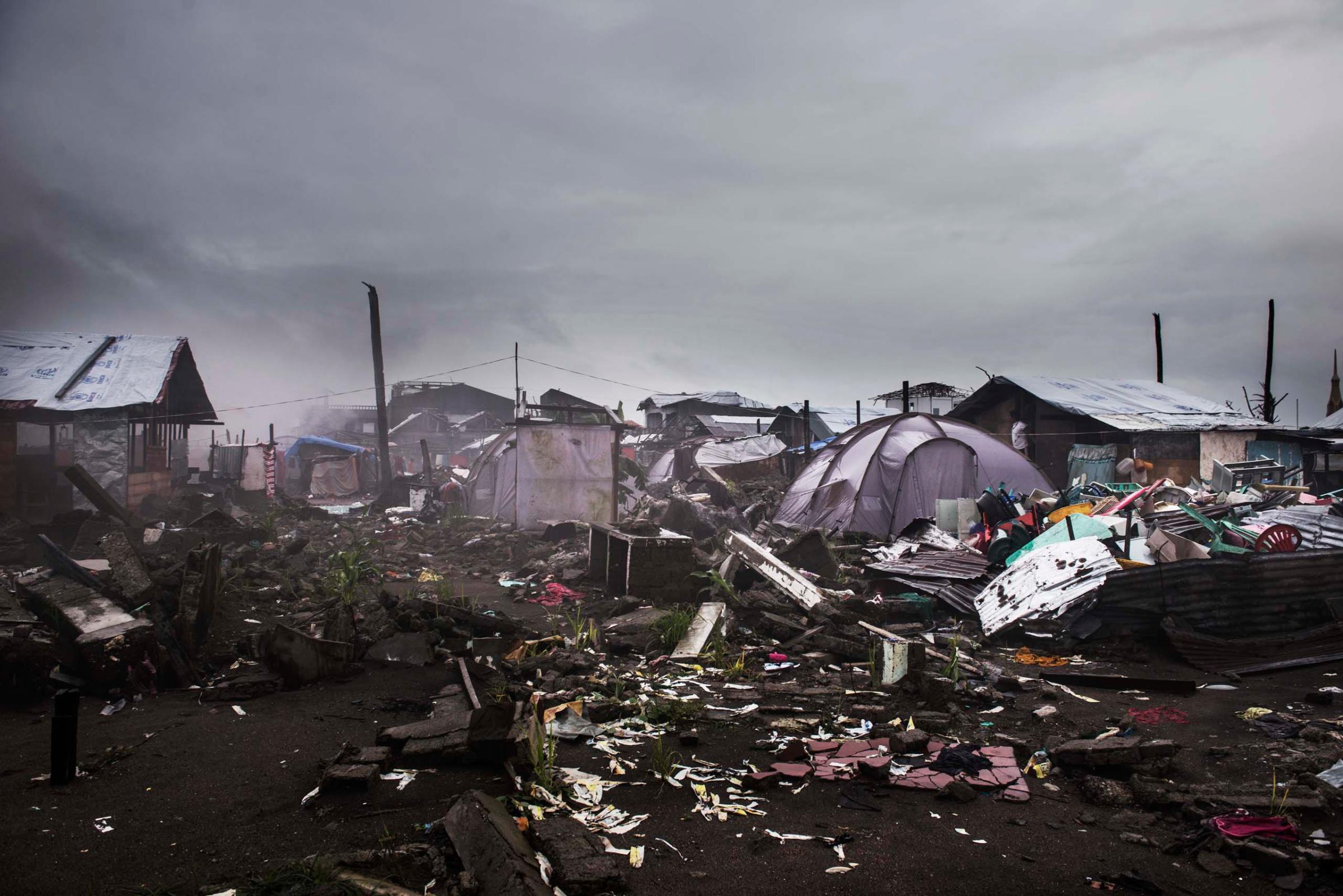
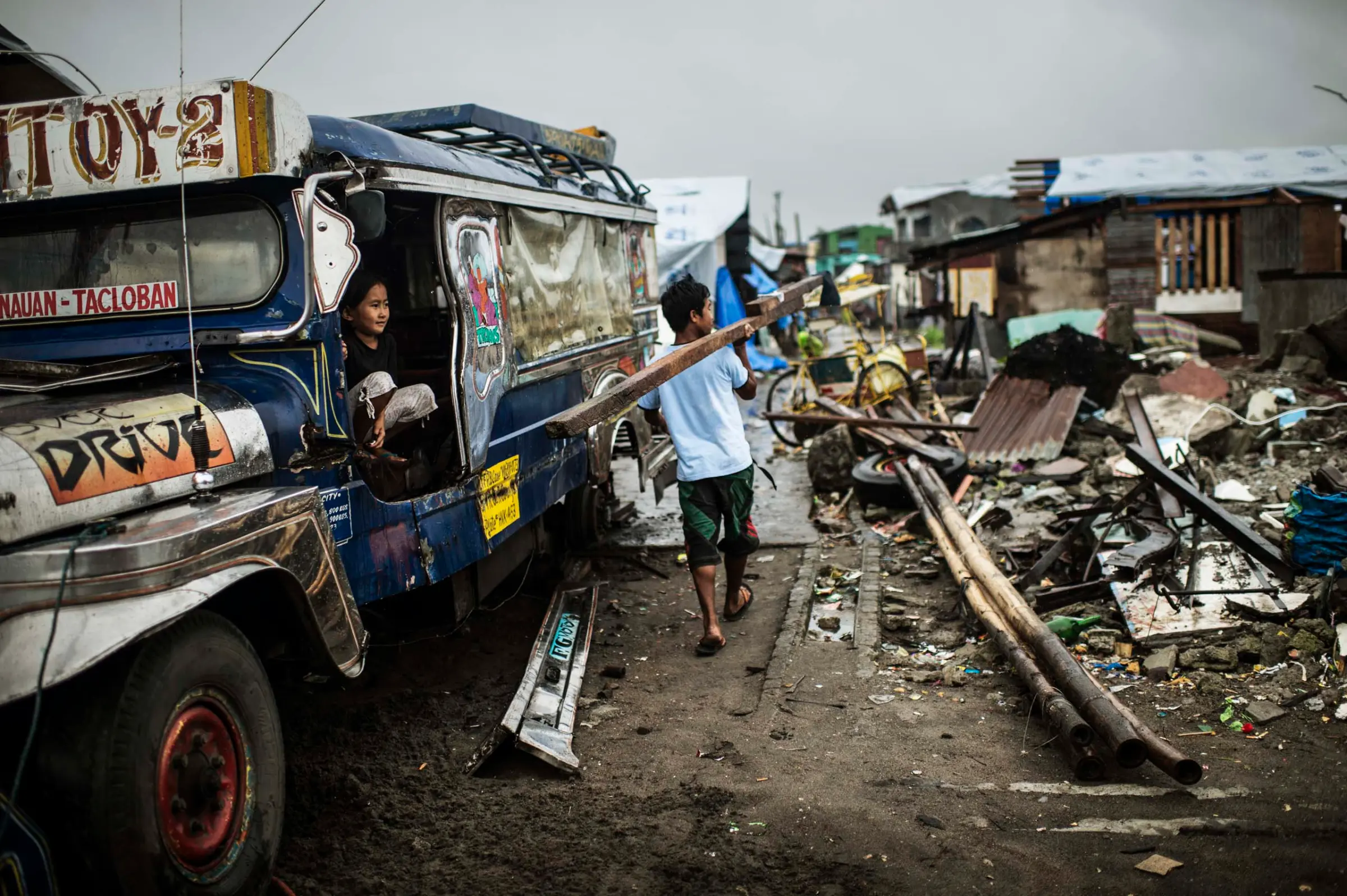
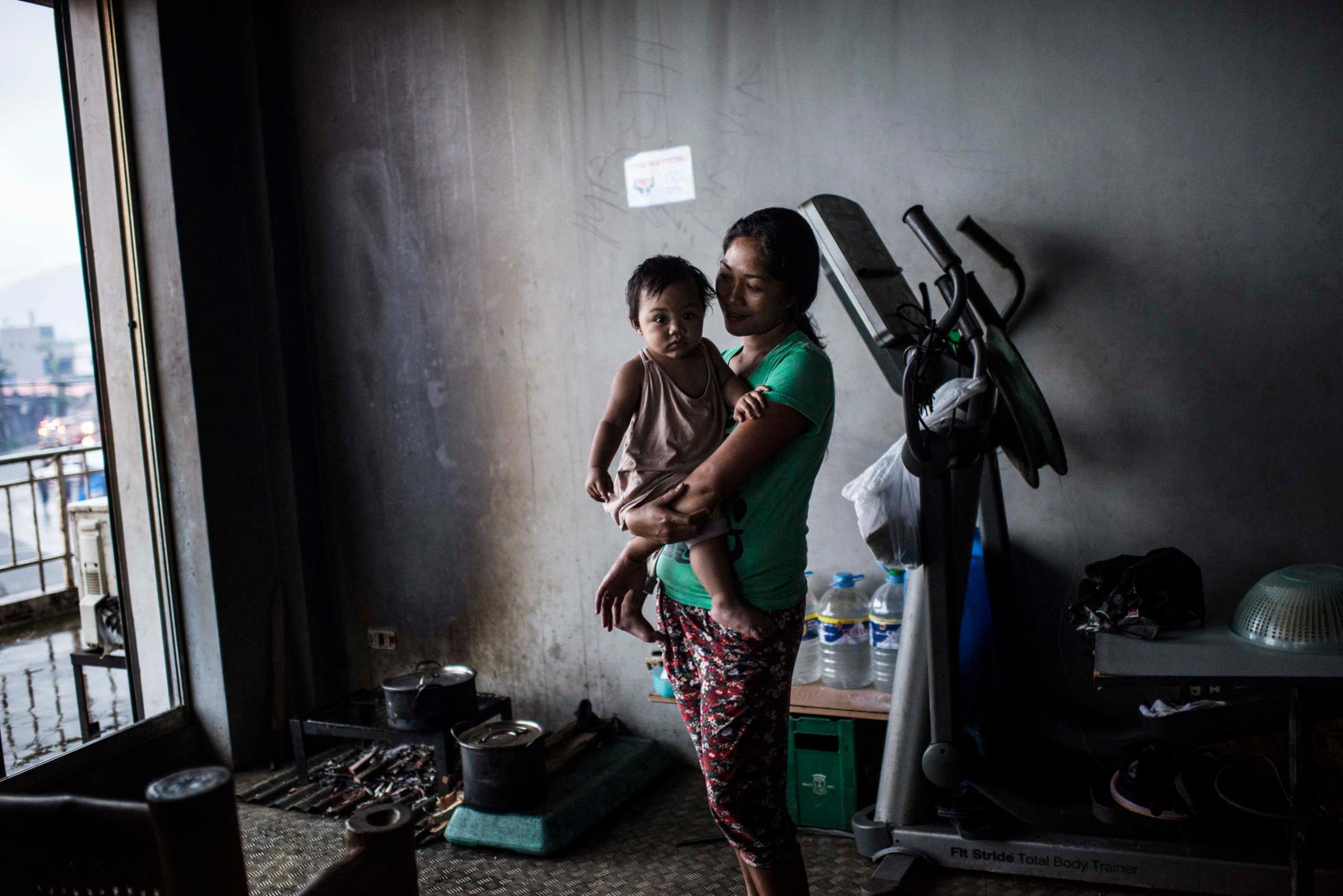
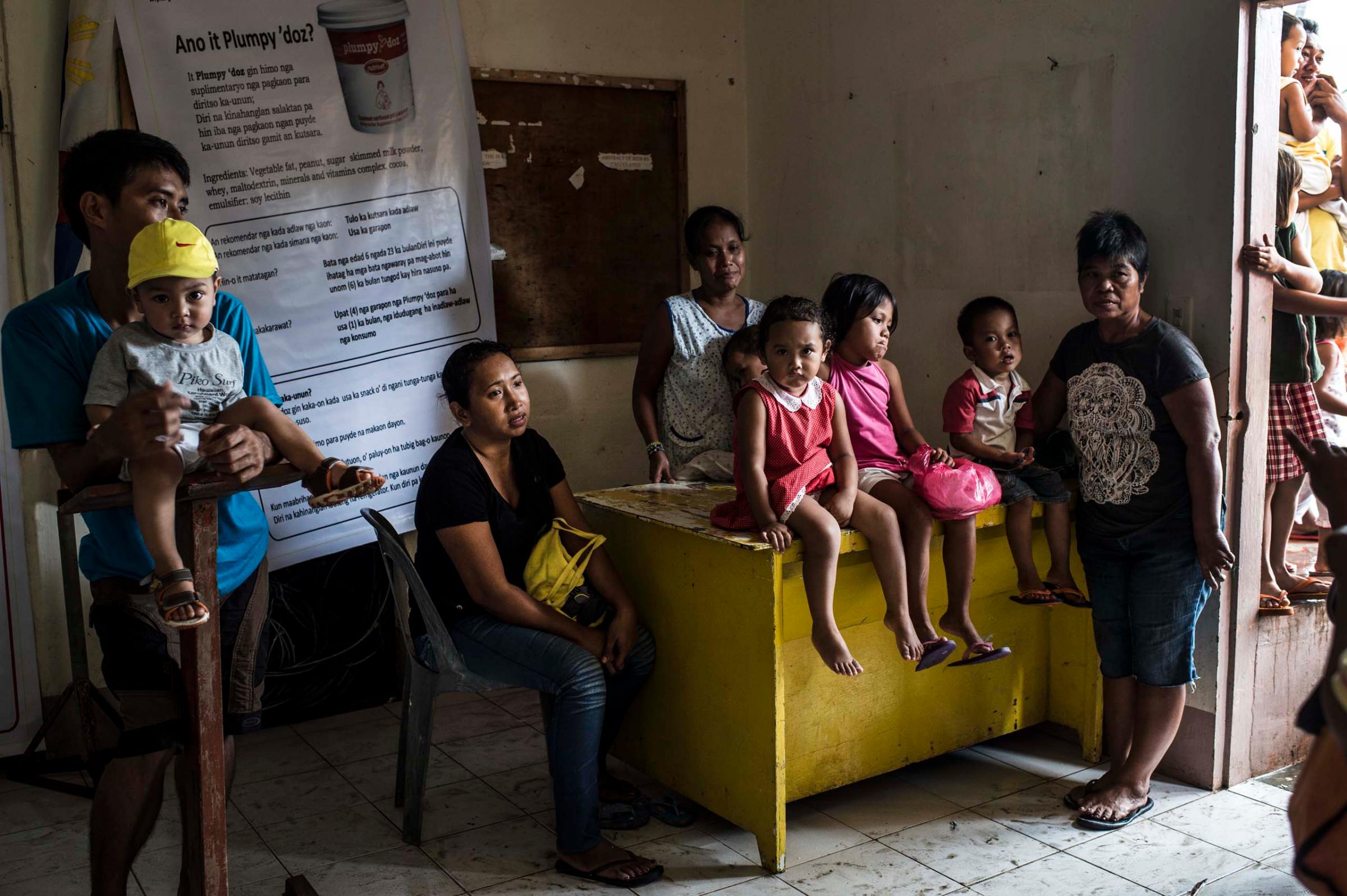
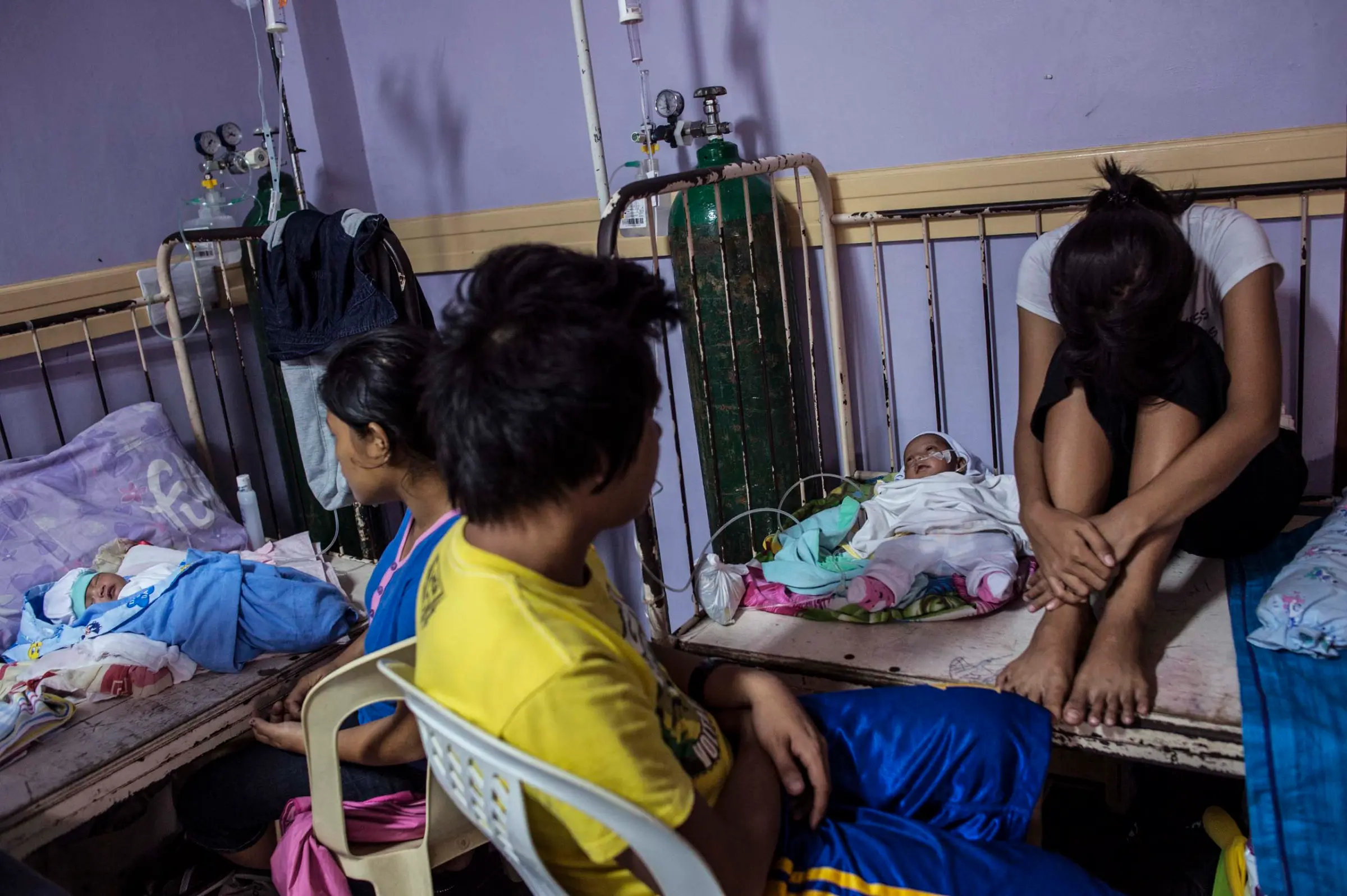
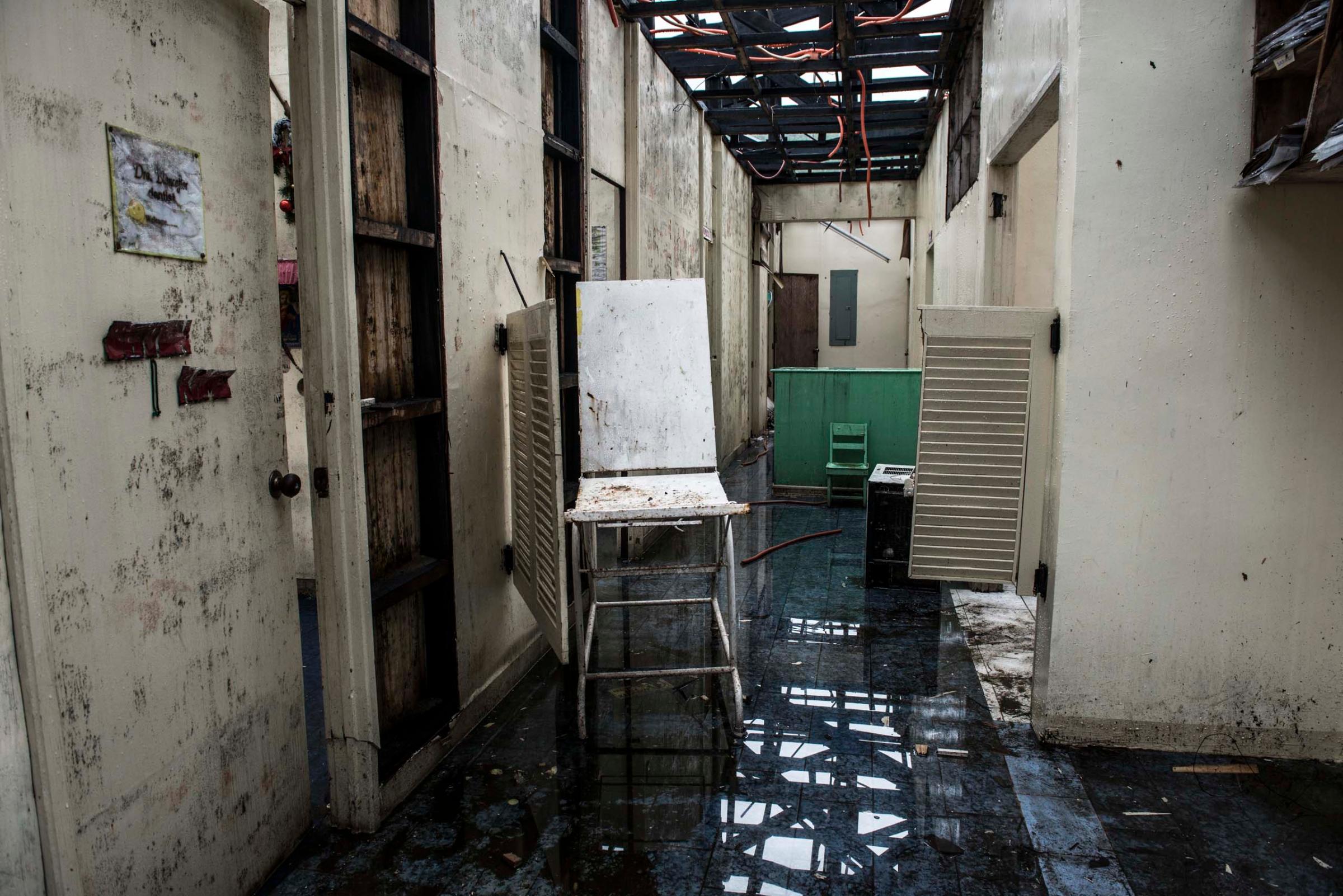
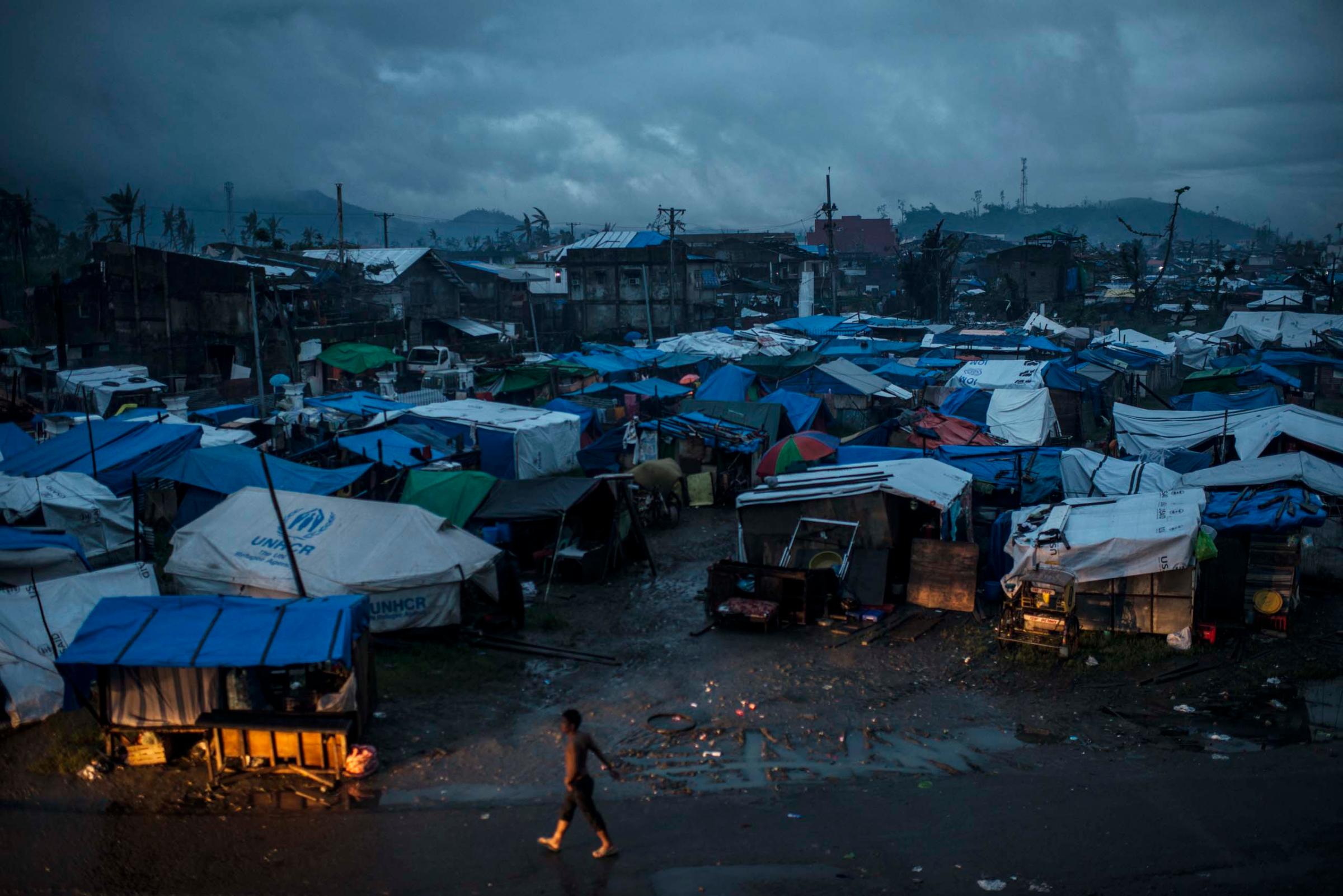
More Must-Reads From TIME
- Dua Lipa Manifested All of This
- Exclusive: Google Workers Revolt Over $1.2 Billion Contract With Israel
- Stop Looking for Your Forever Home
- The Sympathizer Counters 50 Years of Hollywood Vietnam War Narratives
- The Bliss of Seeing the Eclipse From Cleveland
- Hormonal Birth Control Doesn’t Deserve Its Bad Reputation
- The Best TV Shows to Watch on Peacock
- Want Weekly Recs on What to Watch, Read, and More? Sign Up for Worth Your Time
Contact us at letters@time.com